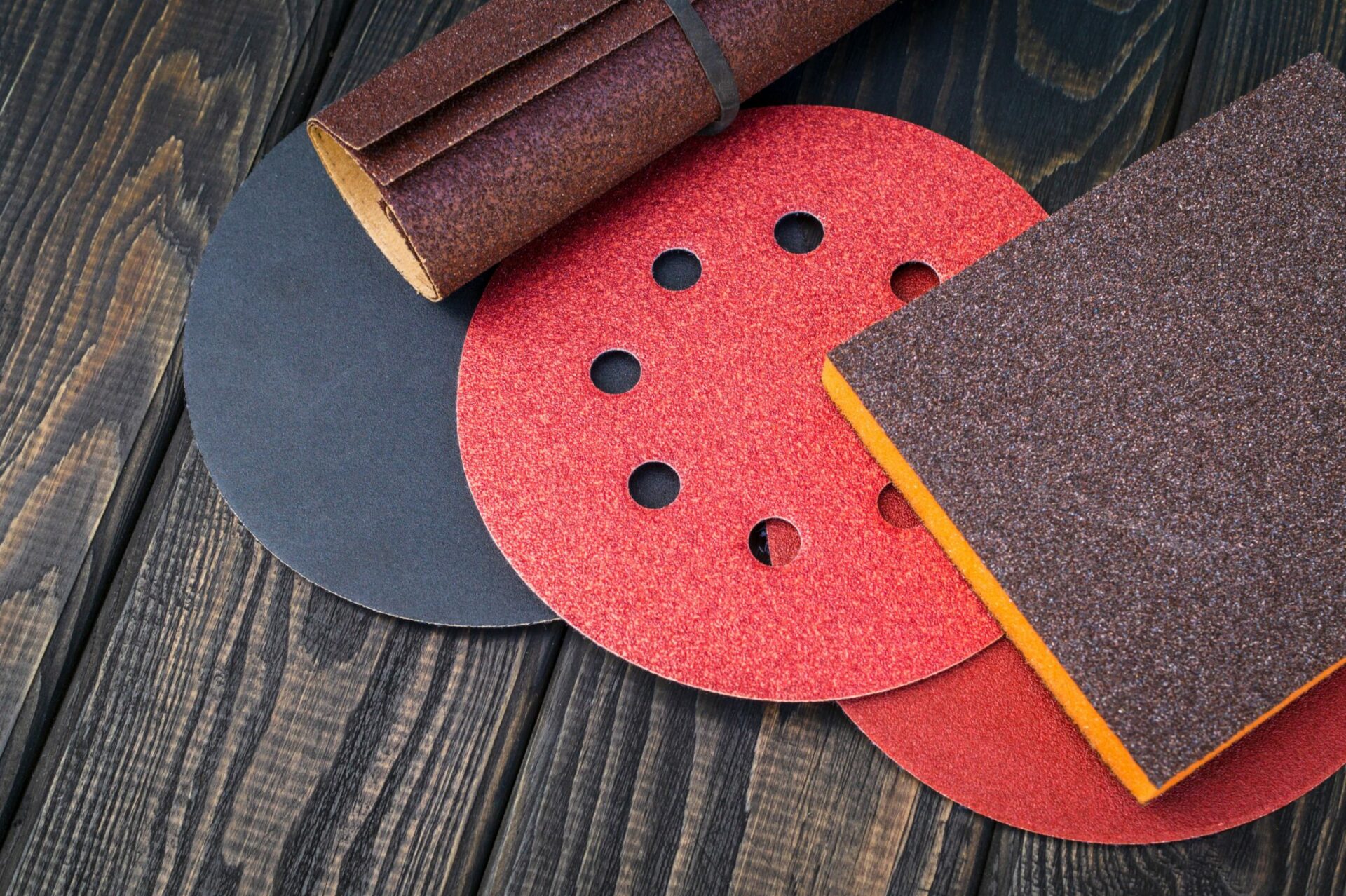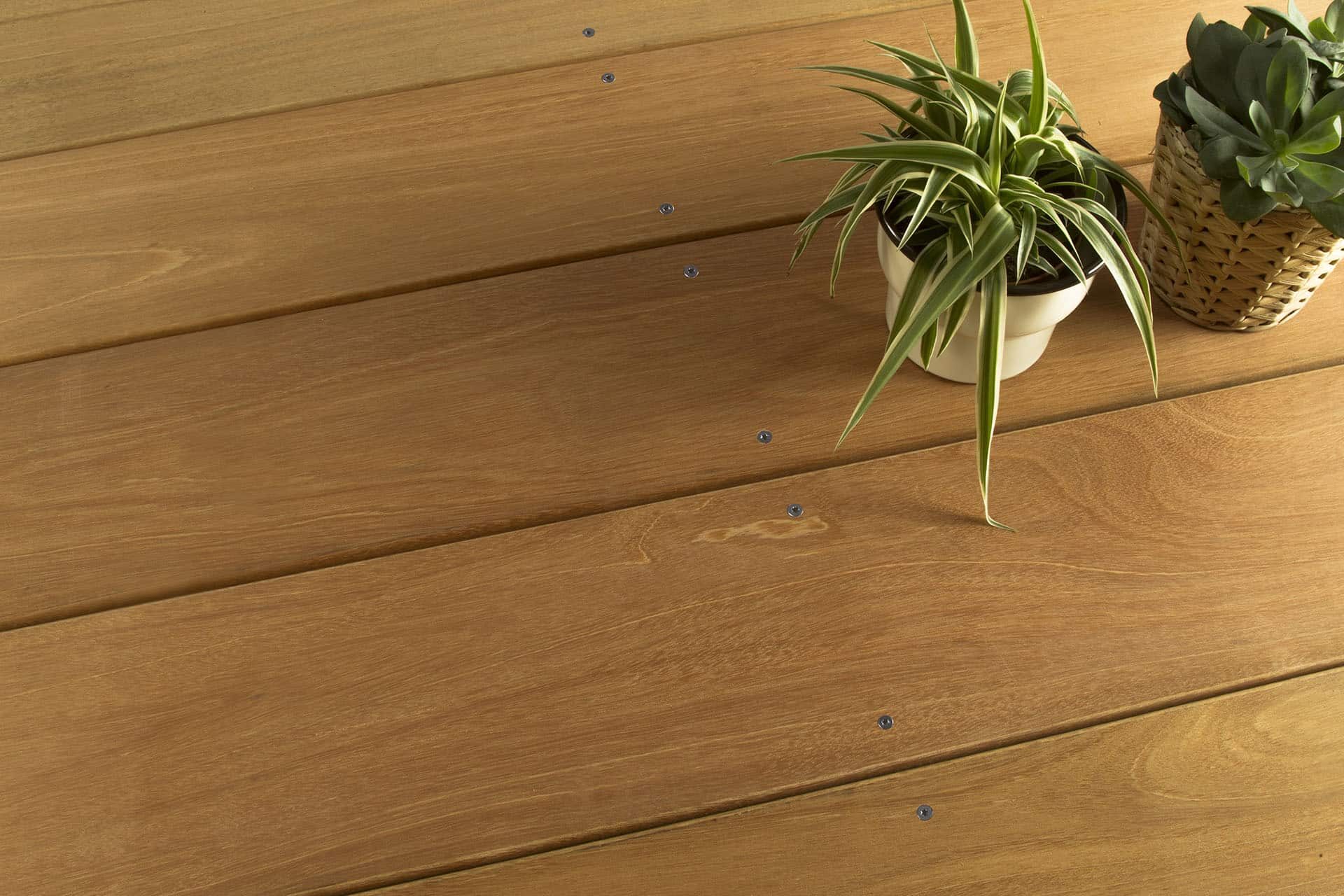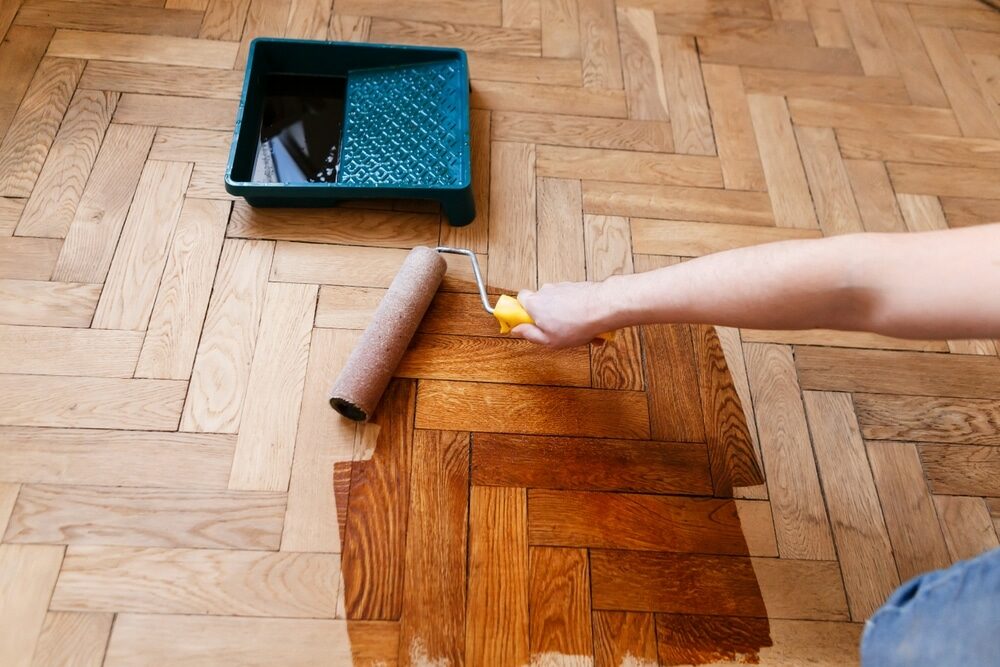London:
Nationwide:
How to Handle Drum Sanding of Softwood Floors
Posted on August 23, 2023
Drum sanding
How to Handle Drum Sanding of Softwood Floors: An Ode to Delicate Mastery
In a world teeming with the hustle of modernity, the timeless beauty of a well-kept softwood floor emerges as an enchanting relic. Among the whispered secrets of the age-old timbers is the art of drum sanding. A ritual, if done with a caressing touch, can breathe new life into your floors. When embarking upon this journey, one must approach it with patience, respect, and an innate sensitivity, reminiscent of the craftspeople of the past.
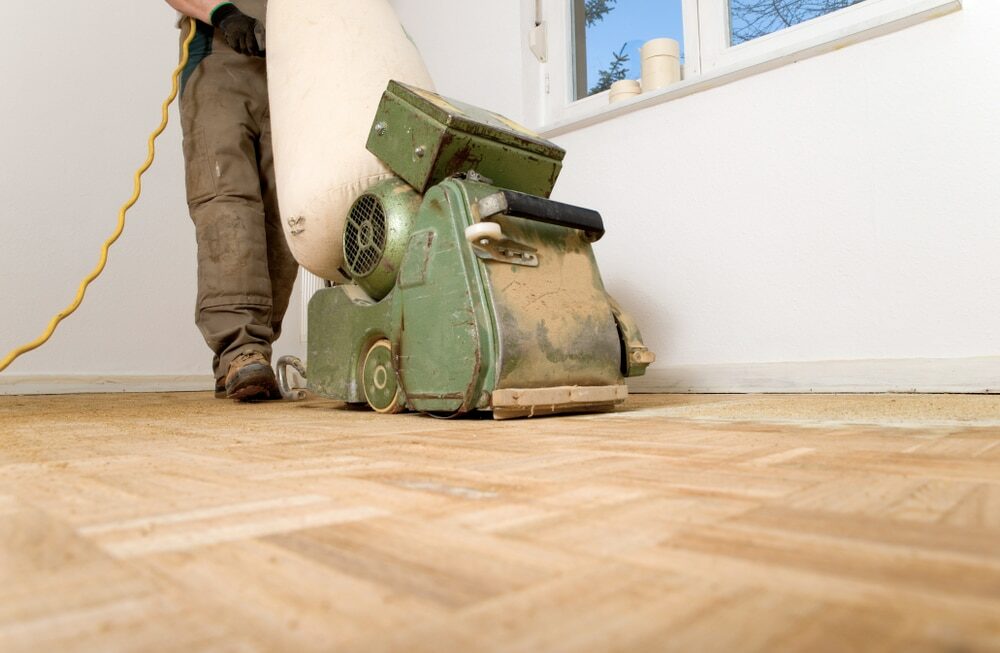
1. Preparing the Canvas: The Floor
Before we embark upon the dance with the drum sander, it’s crucial to gently acquaint oneself with the softwood underfoot. Pine, cedar, and fir—these soft timbers, each with its own nuances, beckon us to understand their grain, their knots, and their whispers of time gone by.
Firstly, remove any nails, staples, or obtrusions from the floor. As you go, feel the texture and the highs and lows of each board. Clear the room and sweep away the dust of years, preparing the canvas for your work.
2. Choosing the Drum Sander: A Loyal Companion
Selecting the right drum sander is akin to choosing a dance partner. The machine’s weight, balance, and rhythm need to resonate with your own. Renting a drum sander from a reputable rental shop ensures you get a machine in good working order. Always inquire about the grit sequence and make sure you have a collection of both coarse and fine sandpapers.
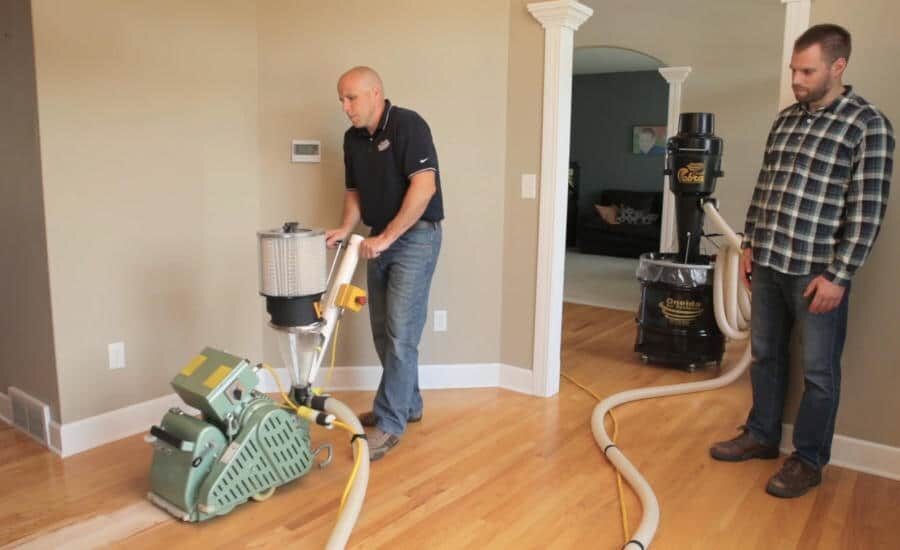

3. The First Dance: Coarse Sanding
As you power the machine, let the hum guide you. Begin with the coarsest grit (typically around 36 grit) to level out the floor and remove deeper scratches or stains. As you push the sander forward, do not force it; instead, guide it gently, letting the drum gracefully make contact with the floor.
Keep the machine in motion. Much like the rivers that etch their way through landscapes, the drum sander too should flow seamlessly across the softwood, ensuring no spot is overworked. At the end of each pass, feather the sanding by gently lifting the drum before changing direction.
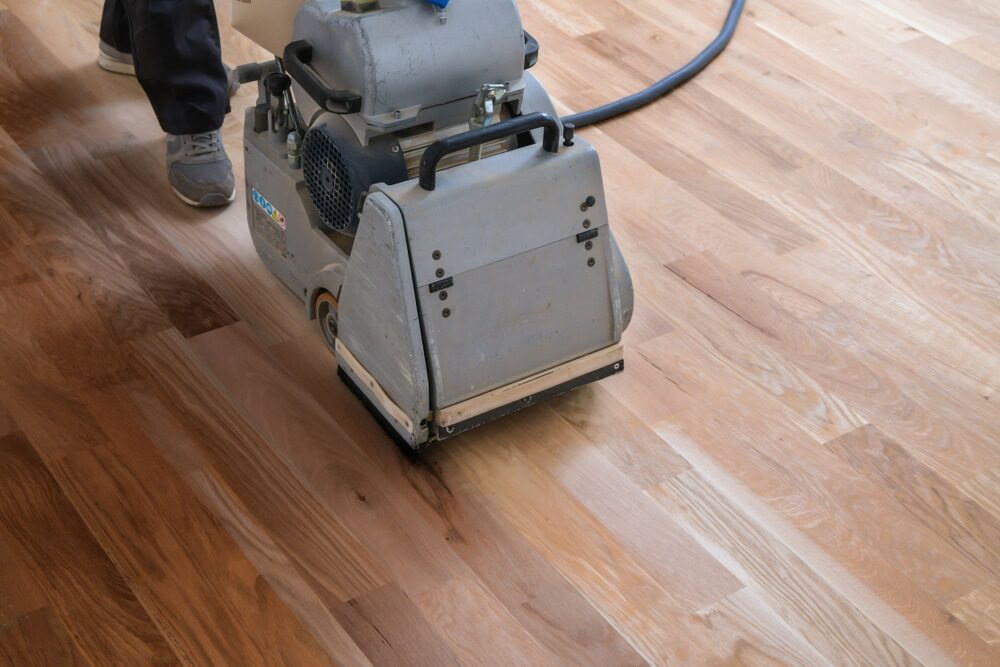
4. Moving to the Heartbeat: The Middle Grits
Having sculpted the raw form, we now proceed to refine it. Moving to medium grits (60 to 80) will help remove the aggressive scratches left by the coarser grit. This stage is a meditation, a gentle trance where one must lose oneself in the rhythm of the machine and the grain of the wood beneath.
Remember, always sand in the direction of the wood grain to preserve its integrity. Let the sander’s vibrations sync with your heartbeat, letting intuition guide your movement.
5. The Finishing Touch: Fine Sanding
As dawn melts into day, the coarse grain gives way to the subtleties of fine sanding. Employing 100- or 120-grit paper, this step is the culmination of your dance. It’s a gentle whisper, a final caress, ensuring your floor is as smooth as the serene lakes at sunset.
After drum sanding, consider using an edge sander for the floor’s perimeters. These spaces, often left untouched by the drum, require your delicate hand to ensure uniformity.
6. Clearing The Traces: Vacuuming
Post the intricate ballet with the sander, there lies a blanket of dust. A good vacuuming ensures that these remnants, traces of the past, are swept away, making way for the floor’s rebirth.
7. The Reawakening: Finishing
With the floor now sanded, it’s time to awaken its spirit with a finish. Whether you choose an oil, wax, or varnish, remember: it’s the seal of protection and the touch of brilliance that enhance the softwood’s innate beauty.
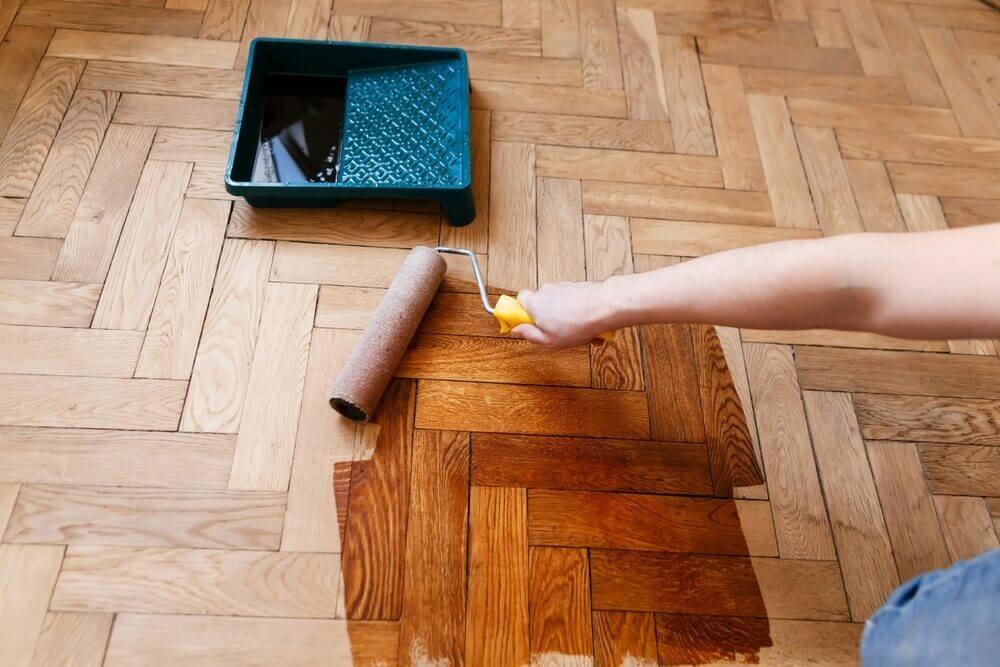
The Dance Between Man and Nature: Insights from Drum Sanding
When drum sanding softwood floors, there is a silent dialogue between man and nature. As our feet tread upon these floors, they echo the footsteps of generations past, and we’re reminded of our deep connection to the trees from whence these boards came.
A Testament to TimeSoftwood floors carry tales of times long past. Each knot, each grain pattern, is an imprint of the tree’s life, its struggles, and its triumphs. As we engage with the floor, sanding away years of wear, we’re given a rare chance to glimpse into these stories, preserving them and allowing them to live on in our homes.
Craftsmanship: A Lost ArtIn a world dominated by fleeting trends and disposable products, the act of carefully restoring a softwood floor stands as a rebellion. It’s a nod to an era where things were built to last and craftsmen poured their soul into every creation. The rhythmic dance with the drum sander becomes a ceremony, a tribute to traditions of old.
Respecting Nature’s OfferingSoftwoods, while often seen as less durable than their hardwood counterparts, have a unique charm. Their tenderness makes them susceptible to the ravages of time, yet it is this very softness that yields a unique warmth and character to the spaces they inhabit. By drum sanding and restoring them, we show reverence for nature’s gift, ensuring that its legacy is not lost to time.
The Healing Power of Restoration:Just as nature renews itself with each changing season, the act of drum sanding softwood floors can be seen as an act of rejuvenation. By breathing new life into weary floors, we not only enhance the aesthetic appeal of our spaces but also create an environment that feels restored, healed, and whole. This restoration can reverberate, influencing the energy of a home and the souls that reside within.
In immersing ourselves in the task, we find moments of contemplation and meditation. The process becomes more than just a home improvement task; it’s a spiritual journey that binds us to the earth and the memories etched into the wooden planks below.
To sand a softwood floor is not merely an act but a voyage. It’s a bridge between the past and the present, a testament to nature’s grandeur and the human touch. Like all things of beauty, it requires patience, understanding, and a gentle hand. The finished floor, gleaming and renewed, will echo stories of its history and your dedicated craftsmanship. Through it, the artistry of Barry Lopez’s vision of nature and human intervention harmoniously intertwines.
Some Useful Links:
- Stairs Sanding & Refinishing
- Floor Sanding Services
- School Floor Sanding
- Wood Floor Restorations
- Wood Floor Repairs
- Wood Floor Polishing
More from our Blog:
The Cost of Professional Drum Sanding Services for Wooden Floors Tips for Effective Drum Sanding of Narrow and Hard-to-Reach Areas The Differences Between Drum Sanding and Belt Sanding How to Sand and Refinish Wooden Floors with a Drum Sander Drum Sanding Techniques for Removing Old Stains and Finishes The Most Common Mistakes in Drum Sanding Wooden Floors
Sanding
We provide virtually dust-free sanding with our continuous belt machinery with mobile extraction units, giving you a safer environment for your family.
Oiling
This organic finish not only adds beauty to your home but also has exceptional water-repellent characteristics, making it easier to clean and maintain.
Waxing
This natural floor finish offers the softest and most mellow appearance – and leaves your floor able to breath.
Buffing
Using soft buffing machines (and hand-polishing where required) will bring a wonderful sheen to your newly-finished floor.
Repairs
We offer a full assessment of your wooden floors to determine what repairs are needed to provide the perfect working surface for the later stages of sanding, staining and sealing.
Restoration
We offer a comprehensive restoration process designed to address floors that are improperly fitted or damaged over time through wear and tear.
Request a fixed price quote for your wood floor restoration now
Simply enter your postcode below to get started.
Services
Wood Floor Sanding Wood Floor Restoration Wood Floor Scratch Repair Squeaky Wood Floor Repair Parquet Floor Sanding Parquet Floor Restoration Commercial Floor Sanding Church Floor Sanding Community Centre Floor Sanding School Floor Sanding Gap Filling Gap Filling with ResinCopyright © Mr Sander®
Privacy & Cookies Terms & Conditions Complaints Procedure Cancellation Rights Sitemap